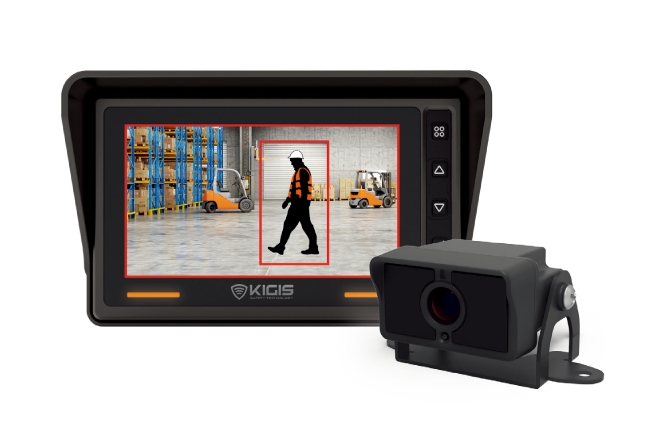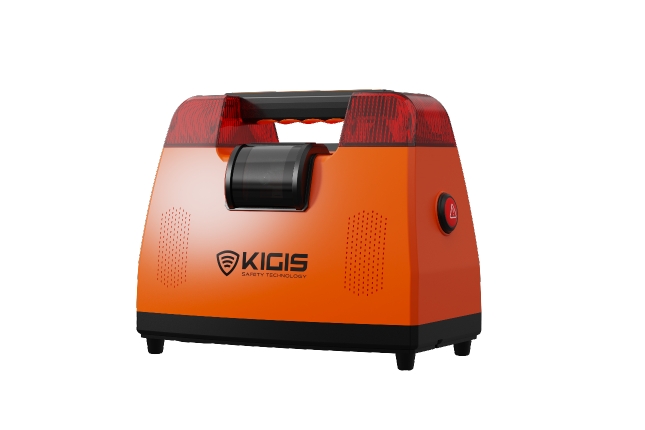See the Future of Safety
with KIGIS® Vision AI
Definition and importance of Vision AI
Vision AI refers to the integration of computer vision and artificial intelligence technologies, enabling machines to interpret images and videos with human-like understanding. This capability is crucial for enhancing safety, efficiency, and automation within industrial settings.
Application of Vision AI in industrial settings
In industrial environments, Vision AI is utilized for a range of applications including equipment monitoring, quality inspection, and safety surveillance. The technology's ability to provide real-time analysis and alerts makes it invaluable for preventing accidents and optimizing operations.
of Vision AI Technology
Basic principles of image processing and analysis
Image processing and analysis form the core of Vision AI, involving the extraction and interpretation of useful information from images. This includes recognizing patterns, detecting objects, and classifying them accordingly.
Integration of deep learning and computer vision
The combination of deep learning with computer vision has significantly improved the capabilities of Vision AI. Deep learning algorithms can learn from vast amounts of image data, enabling the recognition of complex patterns and features.
-
On-Device AI
Concept and advantages of on-device AI
On-device AI entails processing data and performing AI inference directly on local devices, rather than relying on cloud-based systems. This approach offers benefits such as reduced response times and enhanced data privacy.
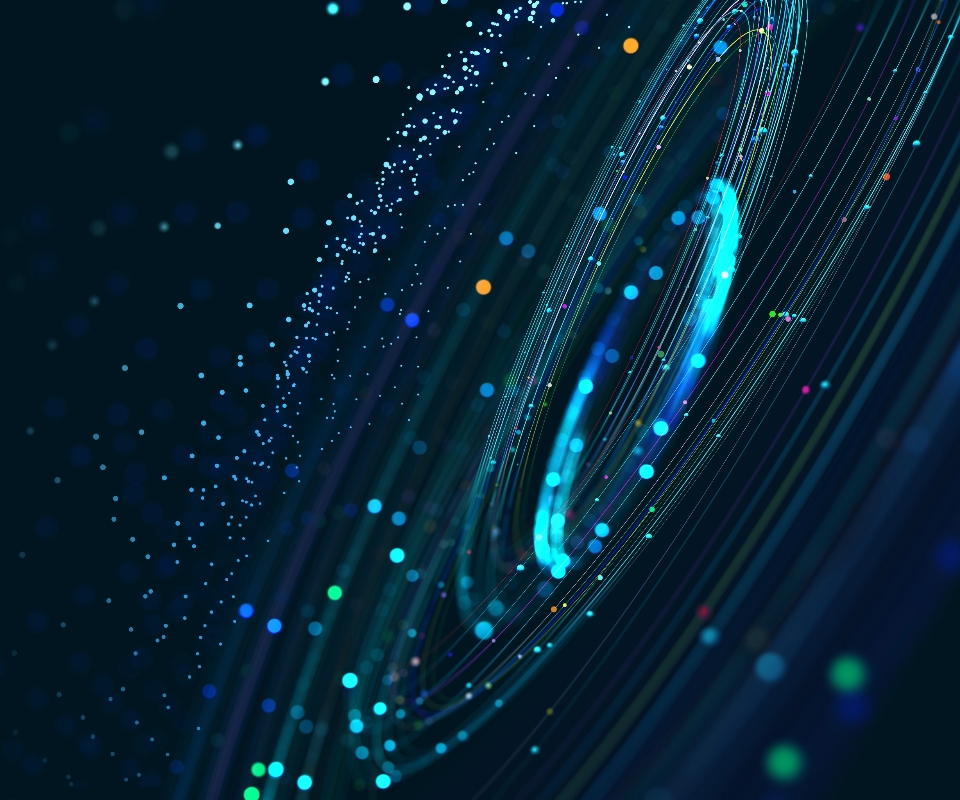
-
Comparison with cloud-based AI
Compared to cloud-based AI, on-device AI operates independently of internet connectivity, minimizes latency, and cuts down on data transmission costs, making it particularly suitable for real-time applications in environments where quick decision-making is critical.

Artificial Intelligence
in Image Recognition
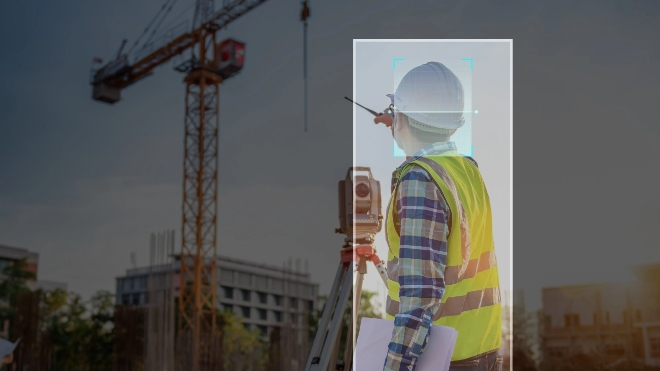
01
Techniques for object recognition and
classification
Object recognition and classification are key functionalities of Vision AI, allowing for the identification and categorization of objects within captured images. This capability plays a vital role in various industrial applications, from safety monitoring to automated inspections.
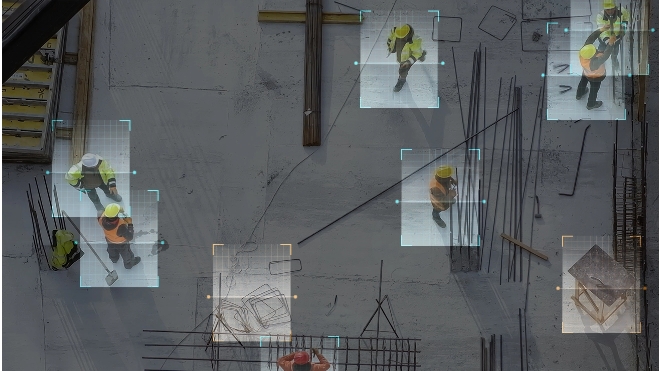
02
Real-time image processing technology
Real-time image processing technology is crucial for preventing accidents and facilitating immediate responses in industrial sites. By analyzing video feeds in real time, Vision AI systems can detect potential hazards and alert operators, contributing to safer work environments.
Future and
Development Direction of Technology
Future outlook of Vision AI technology
Vision AI technology is continually evolving, with future advancements expected to bring more sophisticated image recognition capabilities, enhanced real-time processing, and deeper integration with edge computing. The ongoing development in this field is set to drive significant innovations in industrial safety.
Technological innovations in the field of industrial safety
In the realm of industrial safety, Vision AI technologies are set to evolve into more advanced solutions that assess and improve safety levels on sites. By collecting and analyzing data generated on-site, these systems can provide real-time sensing of potential hazards, making workers aware of their surroundings and contributing to a safer work environment.
